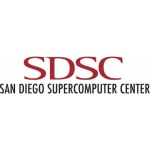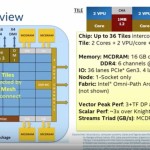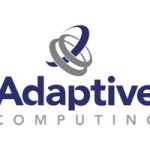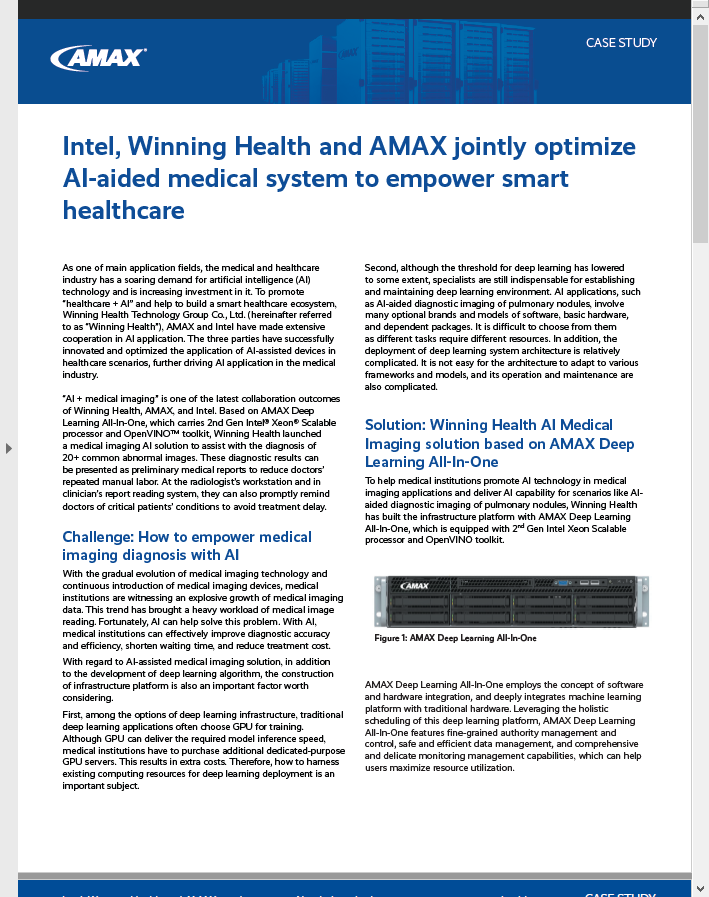Over at the UberCloud, Wolfgang Gentzsch writes that, despite the ever increasing complexity of CAE tools, hardware, and system components engineers have never been this close to ubiquitous CAE as a common tool for every engineer.
Archives for January 2016
Video: Using Google Compute Engine Pre-Emptible VMs for Cancer Research
In this video from the HPC in the Cloud Educational Series, Marco Novaes, Solutions Engineer with the Google Cloud Platform team explains how the Broad Institute was able to use Google Pre-Emptible VMs to leverage over 50,000 cores to advance cancer research. “Cancer researchers saw value in a highly-complex genome analysis, but even though they already had powerful processing systems in-house, running the analysis would take months or more. We thought this would be a perfect opportunity to utilize Google Compute Engine’s Preemptible VMs to further their cancer research, which was a natural part of our mission. And now that Preemptible VMs are generally available, we’re excited to tell you about this work.”
SDSC Health Division to Create Cancer Research Infrastructure
The Health Cyberinfrastructure Division of the San Diego Supercomputer Center (SDSC) is participating in a multi-million dollar project with City of Hope Cancer Center to create a research cyberinfrastructure that includes a secure, cloud-based data management platform.
Job of the Week: HPC Program Director at Engility
engilityEngility in California is seeking an HPC Program Director in our Job of the Week. “Engility is recruiting for a Sr. HPC Program Director to lead a large Scientific Program within the government space. This individual will manage a large team; to include technical, functional and administrative staff. The program will focus on updating, implementing technologies into the customer space with the goal of seamless integration with minimal downtime. This is a HPC focused program that will be responsible for the full lifecycle of HPC services from technology identification and road mapping, HPC architecture design, development, acquisition integration and testing through 24/7 operations including user support. The PM will work proactively with the customer and stakeholders to develop work statements, prioritize personnel and resource deployment, and create and manage complex multi-year budgets and schedules, including risk and opportunity management.”
FLOW-3D Release Scales CFD up to 512 Cores
Flow Science has just released FLOW-3D/MP v6.1, the high-performance computing version of its flagship CFD software, FLOW-3D. Enhancements include active simulation control, batch post processing and report generation. “Our 5-6 day simulations became 15-18 hour simulations using FLOW-3D/MP running on our cluster with Infiniband interconnect,” said Dr. Justin Crapps of Los Alamos National Labs. “Decreased simulation time allows us to investigate more design options and additional physics/phenomenological complexity.”
Video: MCDRAM (High Bandwidth Memory) on Knights Landing
“The Intel’s next generation Xeon Phi processor family x200 product (code-name Knights Landing) brings in new memory technology, a high bandwidth on package memory called Multi-Channel DRAM (MCDRAM) in addition to the traditional DDR4. MCDRAM is a high bandwidth (~4x more than DDR4), low capacity (up to 16GB) memory, packaged with the Knights Landing Silicon. MCDRAM can be configured as a third level cache (memory side cache) or as a distinct NUMA node (allocatable memory) or somewhere in between. With the different memory modes by which the system can be booted, it becomes very challenging from a software perspective to understand the best mode suitable for an application.”
AliCloud & Nvidia to Expand HPC and Deep Learning Market
Today AliCloud signed a strategic partnership with Nvidia to provide the first GPU-based cloud HPC platform in China. The partnership also plans to provide emerging companies support in areas of HPC and deep learning with comprehensive GPU (Graphics Processing Unit) computing. “Innovative companies in deep learning are one of our most important user communities,” said Zhang Wensong, chief scientist of AliCloud. “Together with Nvidia, AliCloud will use its strength in public cloud computing and experiences accumulated in HPC to offer emerging companies in deep learning greater support in the future.”
Bright Cluster Manager 7.2 adds Support for Docker and Intel Omni-Path
Bright Cluster Manager Version 7.2 is out today, a new release that “extends insight, integration, and ease-of-use for managing clustered and cloud-based IT infrastructures.” The new release incorporates a wide range of new features and significantly enhanced monitoring capabilities. “Bright Computing has always prided itself on upgrading its product offerings to respond to new technological trends and user feedback,” said Martijn de Vries, Chief Technology Officer of Bright Computing. “The enhancements we have made in Version 7.2 address recent technology trends, such as the rapid adoption of containers to drive IT efficiency, and support our customers’ ongoing need to stay on top of their dynamic, complex, and converging IT infrastructures.”
Adaptive Computing Achieves Record High Throughput with Supermicro Systems
Today Adaptive Computing announces it has set a new record in High Throughput Computing (HTC) in collaboration with Supermicro, a leader in high-performance green computing solutions. Supermicro SuperServers, custom optimized for Nitro, the new high throughput resource manager from Adaptive Computing, were able to launch up to 530 tasks per second per core on Supermicro based low latency UP SuperServer and over 17,600 tasks per second on its 4-Way based SuperServer. This record-breaking throughput can accelerate financial risk analysis, EDA regression tests, life sciences research, and other data analysis-driven projects. It can expedite the process of gaining critical insights, thereby delivering products and services to market faster.
The Death and Life of Traditional HPC
The consensus of the panel was that making full use of Intel SSF requires system thinking at the highest level. This entails deep collaboration with the company’s application end-user customers as well as with its OEM partners, who have to design, build and support these systems at the customer site. Mark Seager commented: “For the high-end we’re going after density and (solving) the power problem to create very dense solutions that, in many cases, are water-cooled going forward. We are also asking how can we do a less dense design where cost is more of a driver.” In the latter case, lower end solutions can relinquish some scalability features while still retaining application efficiency.












